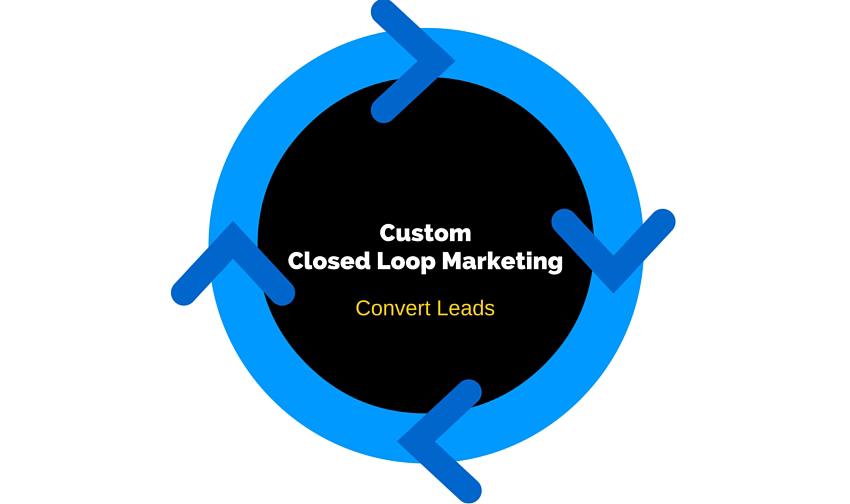Customise Closed Loop Marketing to YOUR Business

How to tailor closed-loop marketing for your business
Very few complex software systems slot in magically, out of the box. For most companies, there are little adjustments to be made. Some pieces of software require a lot of fixes and some overlaps with other pieces of software. Other systems (like Infusionsoft) have modifications built in.
Regardless of what type of system you're investing in, you need to know where to start when you do tailor it to your company. Most companies make the mistake of running the system, then trying to make adjustments retrospectively. This is less than ideal and you should try to avoid making mistakes with automated and closed loop marketing. A much better way would be to line everything up, just as you want it, before you start. In this article we'll give you a short list of things to think about when setting up your closed loop marketing program.
Things to look at when you're in the initial stages of installing closed-loop software:
1. Set up lead streams
It doesn't take a genius to realise that a marketing lead is slightly different to a sales lead, and different levels of qualification. Your company may have different ways of defining these leads, but the basic formation will look roughly like this:
*Marketing inquiry – when a potential customer becomes known to the marketing team via registering for a webinar, free trial or other form of lead bait.
*Marketing lead – this type of lead has been qualified by marketing with some form of follow-up, and is ready to be handed over to the sales team.
*Sales initial lead – customers at this stage have been passed through marketing and are in initial talks with sales.
*Sales qualified lead – this type of customer has been qualified by the sales team and is ready for the hard sell.
By setting up these separate lead streams, you're putting your company in a better position in regards to analytics.
2. Set up lead tracking
Knowing where leads are headed is pretty useless for your analytics if you don't know where they came from. All leads should be trackable to their source, so that future campaigns can benefit. Also, knowing where leads came from can help the sales team when it comes time to really push for a sale.
3. Determine your various campaigns
Another step to take is setting up streams for all types of campaigns your company is engaging in. Websites, paid search and other paid programs are the obvious streams to go for, but don't forget that content marketing and ongoing nurturing via email newsletters count as streams as well. Separating each of these streams out means you'll have a better idea of what does and does not work.
Extra tips:
*Time and date everything. This is such a simple step to overlook, yet it's amazing how many companies are content to ignore when exactly a lead responded to a marketing stream. Having a time and date for every action will not only help you determine whether a lead is being pushed too far too fast, but help the sales team discern how eager the lead is for the next step.
*Set up clear demarcation lines for sales and marketing. In an ideal situation, marketing and sales will be using the same software. However, it may not be clear who is looking after which leads. For this reason there needs to be a clear line between leads that are being handled by marketing and those who have been passed over to sales.
These are just a few of the things you can do when setting up your closed loop marketing systems. If part of your closed loop marketing is going to be email segmentation and email marketing you may want to look at our beginners guide to email segmentation.

